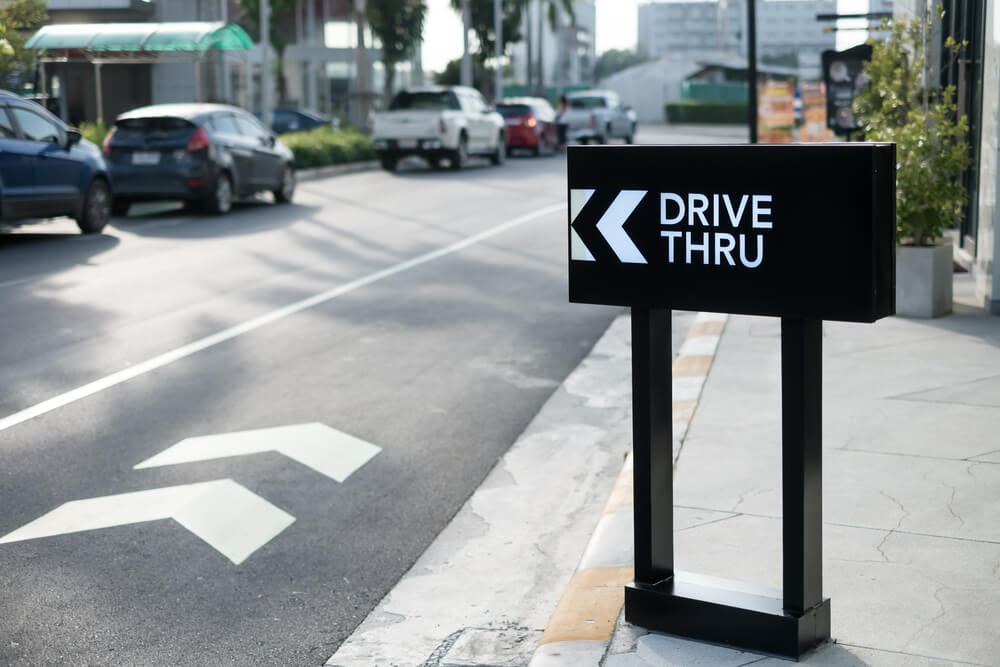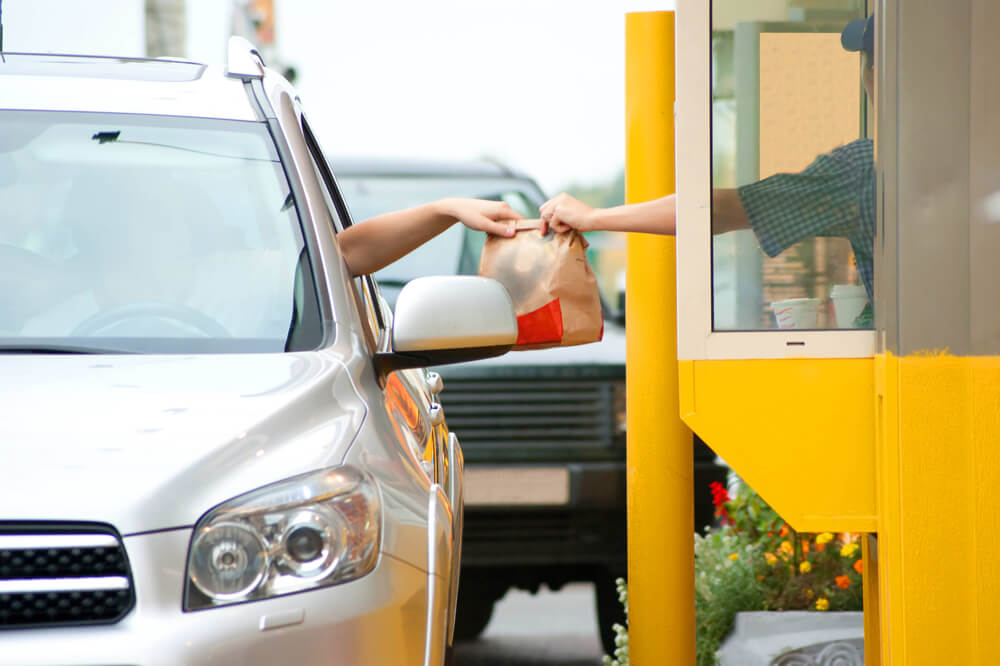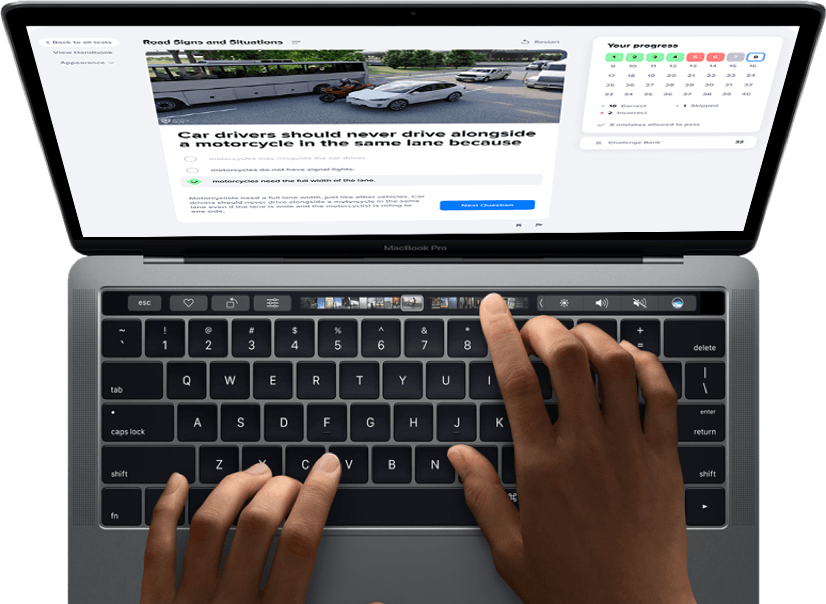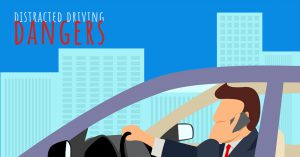Drive-thru lanes are just one of the many modern conveniences that were designed especially for drivers. Drive-thru lanes are most commonly found in fast food restaurants and banks. While these two types of drive-thru lanes are similar in function, they have slightly different components.
5 Tips for Fast Food Drive-Thru Lanes
- 1
When you enter the parking lot of a fast food restaurant, look for the drive-thru lane. It should be clearly marked on the pavement and with signage. Fast food drive-thru lanes typically flow in a counterclockwise fashion around the building.
The drive-thru lane marked on the pavement![marked drive-thru]()
- 2
Remember that fast food drive-thru lanes flow through restaurants’ parking lots. You will need to be aware of other vehicles entering and exiting parking spaces as well as pedestrians walking to and from the restaurant. Check your mirrors and blind spots before moving your vehicle.
- 3
Fast food drive-thru lanes are usually composed of two stations. The first station allows drivers to pull their cars up to a large menu board and a two-way speaker. At this station, you will be able to place your order through the speaker. An employee will inform you of your total. The second station allows you to give your money to a cashier and receive your order. If an additional station is used to collect money, the attendee will inform you where to drive next through the two way speaker at the first station.
- 4
Next, slowly drive your car to the second station. Drive-thru lanes require you to maneuver your vehicle in close proximity to the building. Be careful to leave enough clearance so that you are not in danger of hitting the building, however, you also need to make sure that you will be able to reach across to the restaurant employee who will be handing your order to you.
- 5
At the second window, retrieve your food and pay for your order. Once the transaction is completed, carefully exit the drive-thru lane and proceed to exit the restaurant’s parking lot.
You can always open the door if you’re too far away from the window![drive-thru]()
6 Steps to Use a Drive-Thru Teller Lane at a Bank:
- 1
Identify where the drive-thru is located. Unlike those at fast food restaurants, banks’ drive-thru lanes do not have a standard location. In some instances, the drive-thru teller station may be located in a different building on the bank’s premises. Look for sings and arrows painted on the parking lot to locate the drive-thru location.
- 2
Many drive-thru tellers have several lanes. A symbol similar to a traffic light will inform drivers of which lanes are open.
Black screens above the bank teller drive-thru show open lanes![bank teller lanes]()
- 3
Both horizontal and vertical clearances vary in drive-thru teller lanes at banks. If you are unsure if your vehicle will fit, park your car and proceed with your transaction inside the bank.
- 4
Many drive-thru teller lanes use vacuum powered tubes to transfer money and documents from the lanes to the teller or tellers inside the building. When you pull up to these machines, make sure that you will be able to reach inside for the tube.
Bank deposit tubes let you send and receive money and documents without getting out of the car![bank deposit tube]()
- 5
Like fast food drive-thru lanes, most drive-thru teller lanes are outfitted with a two way speaker system that will allow you to communicate with the teller located inside the bank.
- 6
After you have completed your transaction and returned the tube to the machine, begin to exit the teller lane. Be careful to watch for other drivers and pedestrians entering and exiting the bank.
There are more and more ITMs ( Interactive Teller Machines) around the country. Here is a short video that explains how to use them:
Drive-thru lanes are very convenient, particularly in poor weather conditions. Make sure that you pay special attention to steering you vehicle in these tight quarters and keep an eye out for other vehicles as well as pedestrians.









